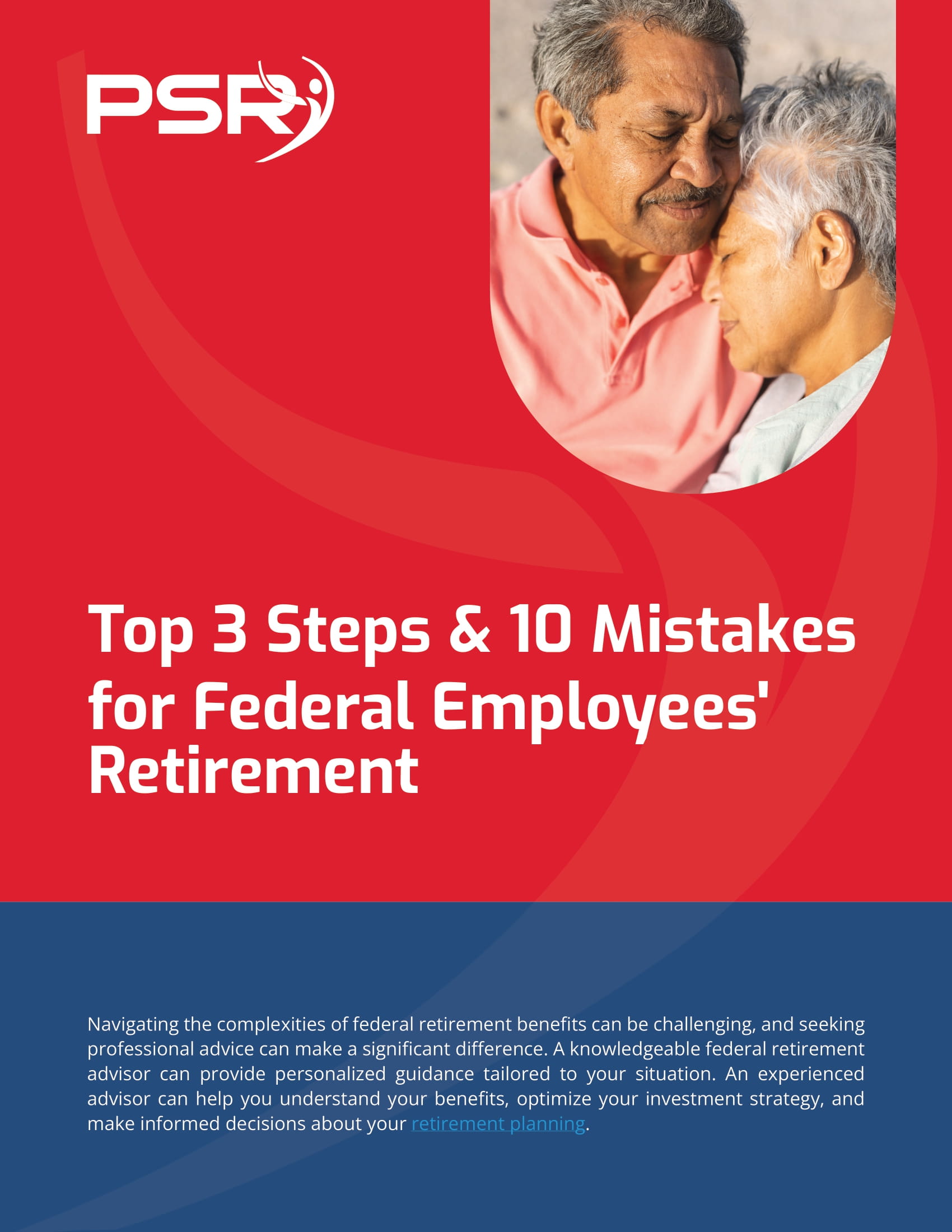Key Takeaways:
-
Retiring under the Federal Employees Retirement System (FERS) requires careful planning and an understanding of the key components that will affect your income and benefits in retirement.
-
By optimizing your FERS pension, Thrift Savings Plan (TSP), and Social Security benefits, you can ensure a financially stable and secure retirement.
Planning to Retire Under FERS? Here’s How to Make Sure You’re Fully Ready for What Comes Next
- Also Read: New Rules for Federal Employees in 2025: What You Need to Know to Stay Ahead
- Also Read: Seven TSP Fund Allocation Strategies Federal Employees Are Using to Strengthen Their Retirement Portfolios
- Also Read: Military Buyback for Federal Employees: Is It Really Worth It? Here’s What You Need to Weigh Up
Understanding Your FERS Pension
Your FERS pension, also known as the Basic Benefit Plan, forms the backbone of your retirement income. Unlike private-sector employees, federal employees under FERS benefit from a defined pension plan, which guarantees a fixed monthly income based on years of service, salary, and age at retirement.
The formula for calculating your FERS pension is:
FERS Pension = Years of Service × High-3 Average Salary × Pension Multiplier
For most federal employees, the pension multiplier is 1% if you retire before age 62, or 1.1% if you retire at age 62 or later with at least 20 years of service. This means the longer you work and the higher your salary, the greater your pension. Ensure you review your employment records to confirm your years of service and salary information to accurately project your pension income.
Maximizing Your Thrift Savings Plan (TSP)
The Thrift Savings Plan (TSP) is a critical component of your retirement portfolio, functioning similarly to a 401(k) plan in the private sector. It allows federal employees to contribute a portion of their salary, which is matched by the federal government up to 5%. Over time, this can grow into a significant retirement nest egg.
There are a few strategies you can implement to maximize your TSP for retirement:
-
Max Out Contributions: The IRS sets annual contribution limits for the TSP, which increase slightly each year. For 2024, the limit is $23,000, with an additional catch-up contribution of $7,500 allowed for employees over 50. Contributing the maximum allowable amount can significantly boost your retirement savings.
-
Diversify Your TSP Funds: The TSP offers a variety of investment options, ranging from conservative government securities (G Fund) to more aggressive stock funds (C Fund, S Fund). Diversifying your portfolio across different asset classes can help mitigate risk while maximizing potential returns.
-
Consider a Rollover: Upon retirement, you have the option to roll your TSP into an IRA or another qualified retirement plan. This can give you more flexibility with your investments and allow for continued tax-deferred growth.
Don’t Forget About Social Security
In addition to your FERS pension and TSP, Social Security benefits will likely play a role in your retirement income. FERS employees are eligible for Social Security, and the timing of when you choose to start claiming benefits can significantly impact your overall income.
Here’s what you should consider:
-
Full Retirement Age (FRA): Your FRA is the age at which you’re entitled to 100% of your Social Security benefit. For most people retiring today, the FRA is between 66 and 67. Claiming Social Security before your FRA will result in permanently reduced benefits, while delaying benefits past your FRA can increase them by up to 8% per year until age 70.
-
Spousal and Survivor Benefits: If you’re married, your spouse may be eligible for spousal benefits based on your earnings record, even if they never worked or earned less than you. Additionally, if one spouse passes away, the surviving spouse can receive survivor benefits, which are typically equal to the higher of the two spouses’ benefits.
-
Windfall Elimination Provision (WEP) and Government Pension Offset (GPO): If you also worked in a job not covered by Social Security (such as under the Civil Service Retirement System, CSRS), you may be subject to WEP or GPO, which can reduce your Social Security benefits. It’s important to understand how these provisions affect your retirement planning.
Healthcare Considerations in Retirement
Healthcare is a major expense in retirement, and it’s important to plan for it well in advance. As a FERS retiree, you have the option to continue your Federal Employees Health Benefits (FEHB) coverage into retirement, which is a significant advantage compared to private-sector retirees.
Here are some key healthcare considerations:
-
FEHB and Medicare Coordination: When you turn 65, you’ll be eligible for Medicare. Many federal retirees opt to enroll in Medicare Part A (which is premium-free) while maintaining their FEHB coverage as their primary health insurance. Others may choose to enroll in Medicare Part B (which comes with a monthly premium) to reduce out-of-pocket costs.
-
Long-Term Care Insurance: It’s also worth considering long-term care insurance, which covers services like nursing home care and in-home care that are not covered by Medicare or FEHB. The Federal Long Term Care Insurance Program (FLTCIP) offers plans specifically for federal employees and retirees.
Retirement Timing: When to Pull the Trigger
Determining when to retire is one of the most important decisions you’ll make. Your retirement age not only affects the size of your pension but also impacts your Social Security benefits and healthcare costs.
-
Minimum Retirement Age (MRA): FERS employees can retire as early as their Minimum Retirement Age (MRA), which ranges from 55 to 57 depending on your birth year. However, retiring before age 62 may result in reduced benefits. If you have at least 30 years of service, you can retire at your MRA with no reduction in benefits. Alternatively, with 20 years of service, you can retire at age 60.
-
Special Retirement Supplement (SRS): If you retire before age 62 and have at least 30 years of service, you may be eligible for the Special Retirement Supplement (SRS), which bridges the gap between your retirement and the start of Social Security benefits. The SRS is designed to replicate the Social Security benefits you would receive if you retired at age 62.
Managing Taxes in Retirement
Tax planning is another essential aspect of retirement under FERS. Your FERS pension, TSP withdrawals, and Social Security benefits may all be subject to federal and state taxes. By carefully managing your withdrawals and income sources, you can minimize your tax liability in retirement.
-
Taxable Income from Pension: Your FERS pension is considered taxable income at the federal level, and depending on where you live, you may also be subject to state income taxes.
-
Roth TSP Withdrawals: If you contributed to the Roth TSP, withdrawals in retirement are tax-free, provided certain conditions are met. This can provide you with a tax-efficient income stream in retirement.
-
Social Security Taxes: Depending on your total income, up to 85% of your Social Security benefits may be taxable. It’s important to understand how your other income sources interact with your Social Security benefits to avoid unexpected tax bills.
Ready for Retirement? Here’s Your Next Move
As you prepare to retire under FERS, it’s essential to review all aspects of your financial plan. From understanding your pension calculation to maximizing your TSP and timing your Social Security benefits, each decision you make can have a lasting impact on your financial security. With careful planning and attention to detail, you can enter retirement with confidence, knowing that you’re fully ready for what comes next.













